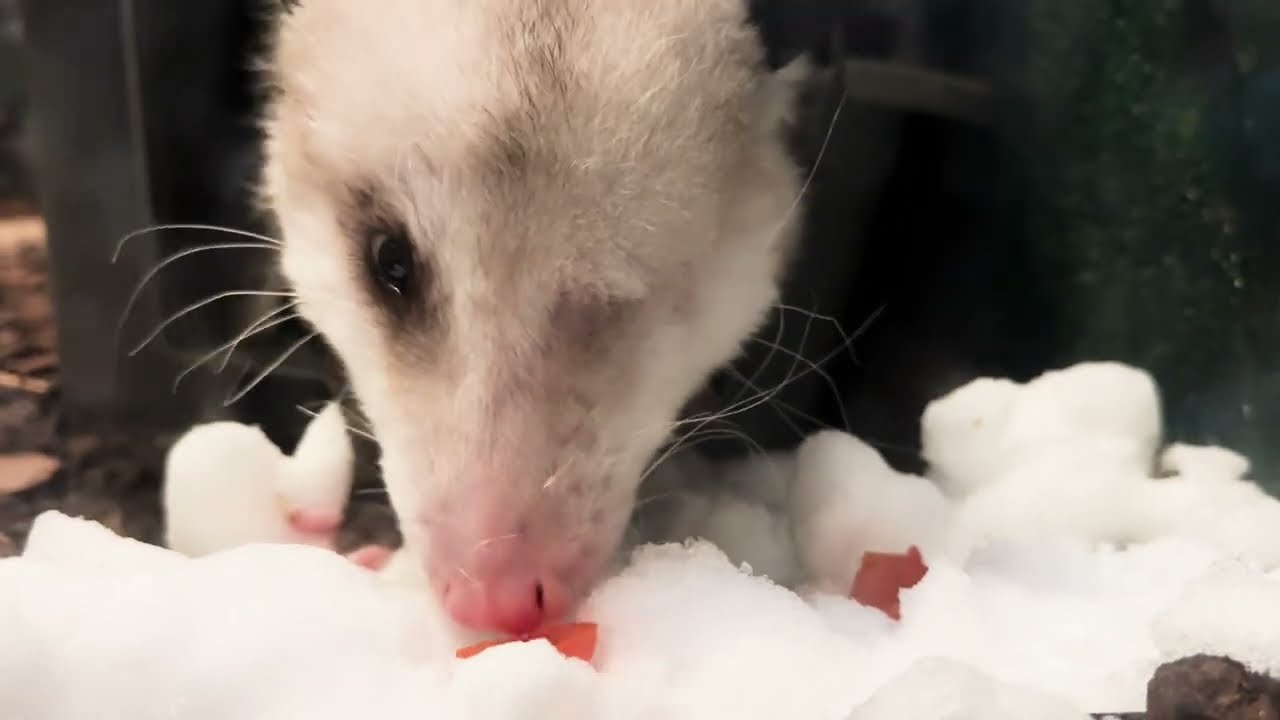- Snow Day at the National Zoo presents unique challenges and opportunities for animal care and zoo management.
- The event highlights the adaptability and natural behaviors of various wildlife species in a snowy environment.
- Snowy settings require special attention to environmental enrichment and animal welfare in captivity.
- The significance of public engagement and educational outreach during events like Snow Day.
- Encouraging conservation awareness and action through immersive experiences at zoos.
Amidst the serene vistas of a frosty landscape, Snow Day at the National Zoo on January 7, 2025, offers both a visual spectacle and a practical challenge for animal care professionals. The dusting of snow transforms the zoo into a winter wonderland, showcasing the adaptability of its diverse inhabitants. Managing a zoological collection in such conditions necessitates careful planning and adaptation to ensure animal welfare and public engagement. This event is not merely about the beauty of the snow but also about the zoo’s role in education, conservation efforts, and wildlife management.
First, considering the immediate logistical adjustments, snow days at zoos require robust strategies for maintaining both the safety of animals and accessibility for visitors. Keepers and staff are tasked with modifying habitats to accommodate the cold, ensuring that animals accustomed to warmer climates have access to heated areas and shelter. This involves heating systems, extra bedding, and sometimes indoor enclosures, depending on the species. Conversely, animals from temperate or cold climates, such as the snow leopard or red panda, thrive in these cooler conditions and are more active.
Additionally, snow provides an opportunity to observe and document species-specific behaviors. Many animals exhibit playful behaviors in snow, interacting with the environment in ways that reveal their innate characteristics. For instance, otters use snow to engage in natural sliding activities, mirroring their behavior in the wild. Such interactions not only enrich the lives of the animals but also offer educational insight into their natural history, giving visitors a closer look at how these creatures adapt to seasonal changes.
Winter landscapes call for enhanced environmental enrichment, a crucial component in captive animal welfare. The snow can be an enriching change, encouraging animals to explore and engage differently with their surroundings. For example, the use of snow as a natural enrichment tool allows large cats like tigers to exhibit stalking and play behaviors reminiscent of their hunting activities in the wild. These activities are not only stimulating but also help maintain physical fitness and mental acuity.
Moreover, the zoo leverages Snow Day as an instrument for public education. By integrating interpretive signage and scheduled talks, zoo educators share insights on how animals adapt to winter climates, conserving efforts involving these species, and how visitors can engage in conservation practices. Educational sessions focus on the biology and ecology of species ranging from the giant panda to lesser-known species like the Bactrian camel, known for their incredible cold tolerance. Engaging the public in conversations about wildlife conservation furthers the zoo’s mission to inspire a connection between people and nature.
Such immersive experiences at the National Zoo heighten conservation awareness, promoting a deeper understanding of environmental stewardship. The stark contrast of a snowy landscape against the vibrant activity of animals fortifies the message of resilience and adaptation, drawing parallels to broader conservation issues, such as climate change and habitat destruction. Through this event, visitors are encouraged to reflect on the global climate crisis’s impact on natural habitats and consider their role in contributing to conservation efforts.
Snow Day at the National Zoo is also a reminder of the delicate balance a zoo must maintain between recreation and education. The snow-enhanced exhibits pose a chance for increased visitor interest and participation, translating into more support for conservation projects financially and socially. Each visitor’s experience translates into potential action within their community, emphasizing that zoos serve as pivotal nodes for conservation awareness.
Critically, Snow Day serves as an impetus for ongoing research in zoology and animal sciences. Researchers and zoo professionals often utilize such events to study animal behavior under different weather conditions, enriching our understanding of species’ adaptability and requirements. Data collected during these periods can inform future enclosure designs and welfare practices, ensuring zoos continually optimize their habitats for animal health and well-being.
The event culminates in a call to action, fostering a community of engaged citizens informed about environmental preservation’s importance. By providing an educational narrative surrounding the adaptations and behaviors observed on Snow Day, the National Zoo strengthens its role as an advocate for wildlife conservation and an educational leader. In navigating the complexities of this event, the zoo simultaneously entertains, educates, and inspires, crafting a compelling narrative that underscores its enduring commitment to both the animals and the visitors who flock through its icy gates.
*****
Source Description
Monday’s wintry weather brought snow much fun to the Zoo!
While Amur tiger Metis, scimitar-horned oryxes and red panda Asa chilled out in the snow, other animals like Asian elephant Maharani, giant panda Bao Li and North American otters Emmett and Potomac played and wrestled among the drifts. Creative keepers even provided cool enrichment opportunities for indoor animals like Virginia opossum Basil, the guinea pigs, dwarf mongoose Lilo, the meerkat mob, skunk Sauerkraut, bettong Truffle and prehensile-tailed porcupine Quillbur.
Visit https://nationalzoo.si.edu/ to plan a trip to the Smithsonian’s National Zoo and Conservation Biology Institute.


